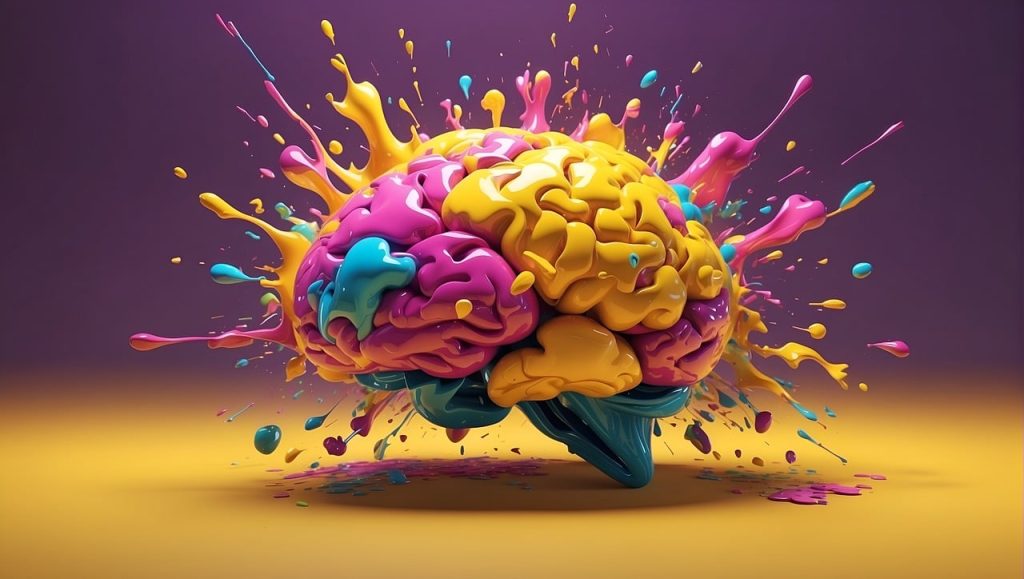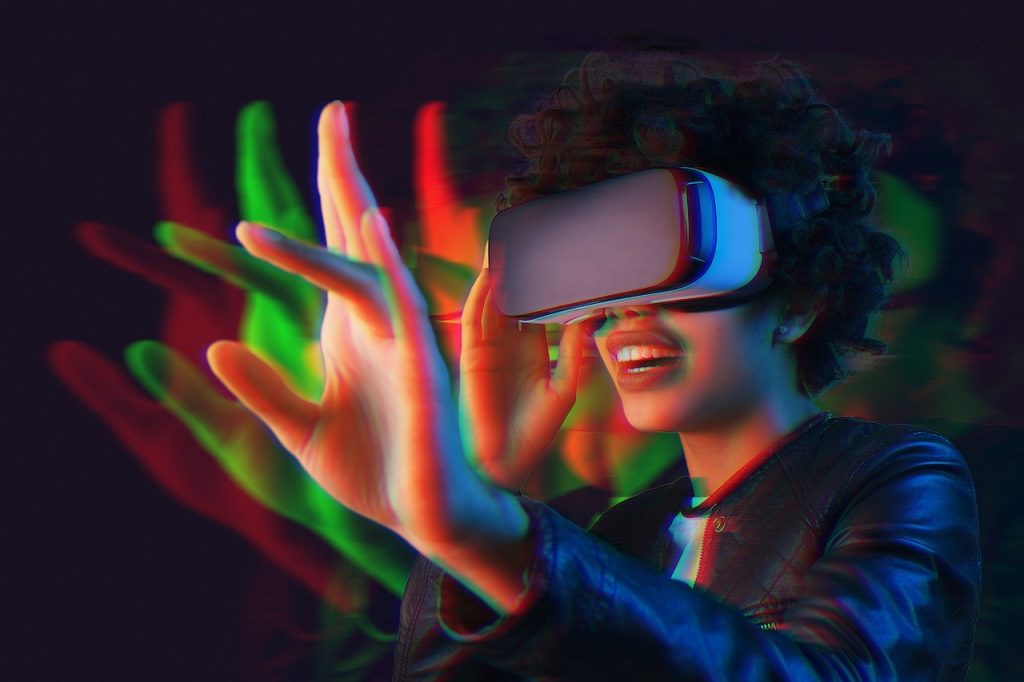
The secret often lies in their innovative user interface (UI). A great UI can be the interactive gamechanger that impacts your entire experience, and brings you back again and again.
As technology improves, and people’s tastes evolve, UI also changes. We’re going to take a look at 4 of UI’s latest innovations that are taking the online world by storm.
But first…
What is UI?
At its core, UI is the way users interact with digital devices or applications. It encompasses everything we touch, click, swipe, and interact with to control and operate devices and apps. The key to a successful user interface lies in presenting an experience that’s so easy to use, a person is able to dive right in and comfortably navigate all the options without the need for a long training period.
User interfaces have come a long way since computers showed up, and improvements continues to be made. Which is to say, there are always new and popular ways to interact with technology.
Let’s look at them now.
Virtual Reality (VR)
Using special goggles, VR transports people into a three-dimensional digital world, enabling interaction with digital surroundings in a way that mimics real-life.
VR headsets, sensor-equipped gloves, and soundscapes all work together to create convincing, immersive simulations. Whether for gaming, education, or training simulations, VR’s ability to simulate realistic scenarios makes it an increasingly valuable tool across various industries.
While virtual reality has been around for a long time, it’s been growing in popularity thanks to improvements in technology (it doesn’t make you feel as dizzy as it used to, thank goodness) and big pushes from companies like Meta and Sony.
There are also more and more VR applications to enjoy.
You can tour a museum, or “float” through the International Space Station, or even witness the origins of life deep in the ocean. It truly is an exciting way to explore the internet.
VR’s rise signifies a major shift in how we experience digital content, pushing the boundaries of immersion and interactivity to new heights – and it offers a very different direction to UI, which has the potential to change the way we all will interact with the online world.
Augmented Reality (AR)
AR is another innovation that’s changing how we interact with technology. Rather than immerse you in a digital world (like VR), AR overlays digital elements over the real world.
AR enhances rather than replaces our real word environment. It integrates and superimposes new information such as graphics, sounds, and touch feedback onto our view of the world, providing a hybrid of both physical and digital experiences.
Another way AR differs from VR – it doesn’t require specialized hardware. AR apps can be accessed through smartphones and tablets, making it more accessible to a broader audience. It’s already in use in many areas, like shopping. You can overlay new furniture over your living room to see just how it’ll fit before buy it. Or you can try on new clothes in AR without leaving your home.
Voice User Interface (VUI)
Voice assistants like Siri, Google Assistant, and Alexa are everywhere. Their success has given rise to VUI as a major player in the world of user interfaces – and its popularity is only growing.
One reason is that VUI offers users a high level of convenience. If you’re searching for something, you just have to ask. Another is hands-free operation. In fact, that may be one of the most revolutionary advances VUI promises – a UI that needs no actual button pushing or scrolling.
Another advantage is the built-in accessibility. VUI is a valuable solution for people with physical disabilities. For example, VUI devices offer the ability to read text aloud for the visually impaired, or translate voice messages into text for the hearing impaired. Accessibility has become a crucial part of any website these days — for a deeper dive on the subject, check out our article.
With further benefits like speed (it’s often quicker to say something than to type it) and multitasking (VUIs like Google Home allow people to control multiple smart devices, like security cameras, TVs, lights, etc.), it’s easy to see how this kind of UI empowers local businesses to tap into the demand for more effortless, hands-free interaction.
A Clean & Tidy Layout
Rounding out our list is a classic design trend that’s becoming more popular than ever.
Clutter is out. Simplicity is in.
With many folks feeling overwhelmed by so many options these days, a clean and tidy layout keeps things simple. Effective. It highlights the importance of the content, and makes a website easy to use.
Local businesses can benefit from this trend by ensuring their websites and apps don’t confuse users with unnecessary information or design elements. By taking advantage of a simple appearance, brands can guide users’ attention to the most important features and content.
Designing for the Future Today
The latest UI design trends are all about creating more engaging experiences for users.
By staying informed about what’s new in the world of UI – along with what’s possible, and what your customers want – you can leverage these new approaches for stronger customer relationships and increased brand loyalty.
Interested in improving your online experience? Smart Link Solutions can help!
From responsive web design to reputation management and social media marketing, we’ve got plenty of options to help your business thrive in the digital age.
Visit Smart Link Solutions to learn more!


